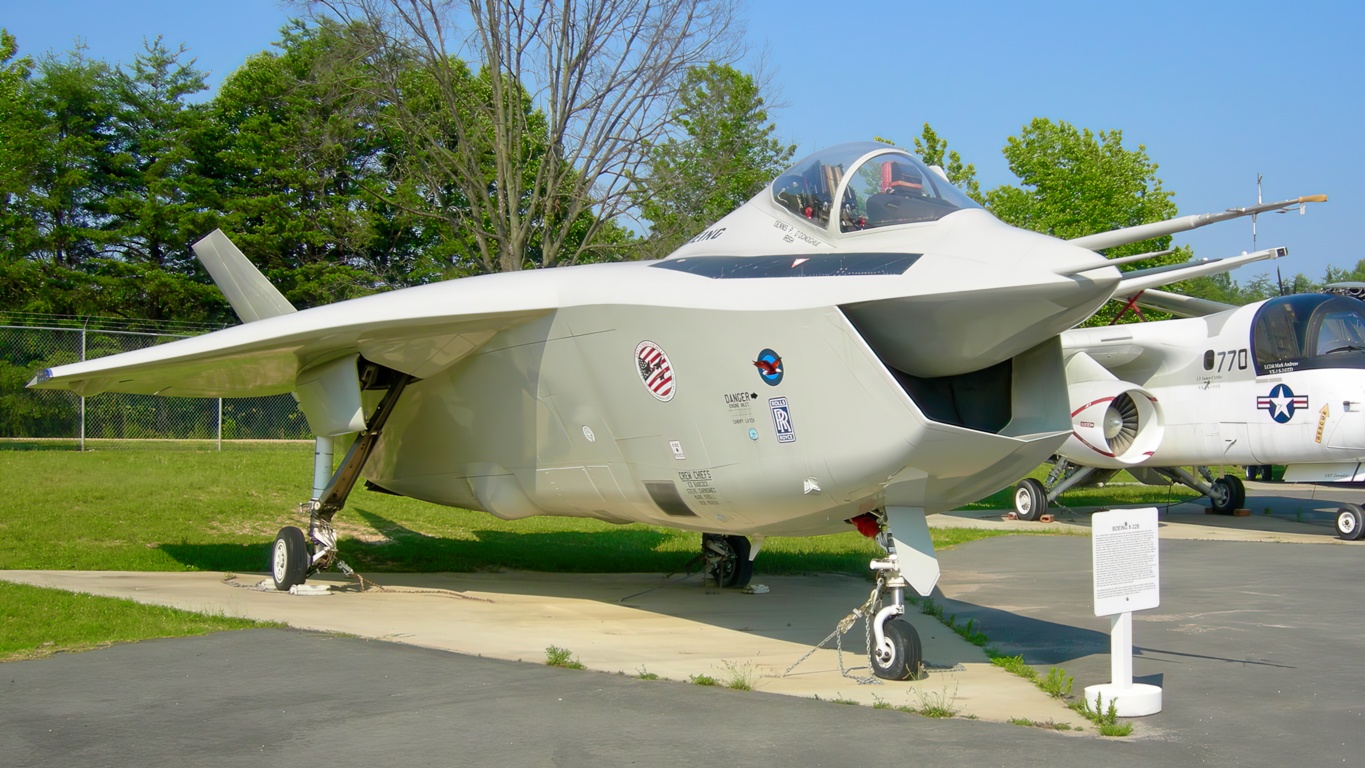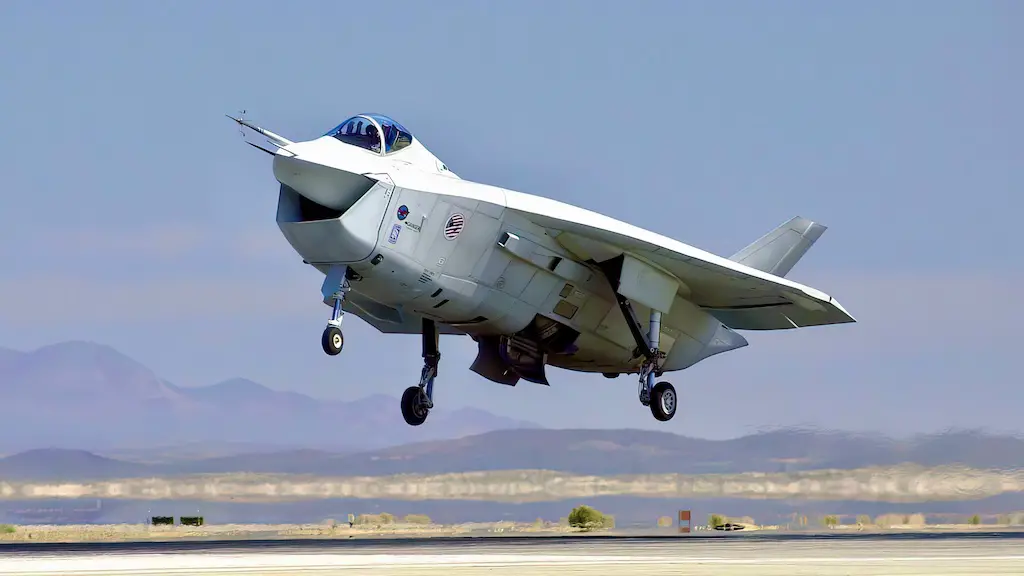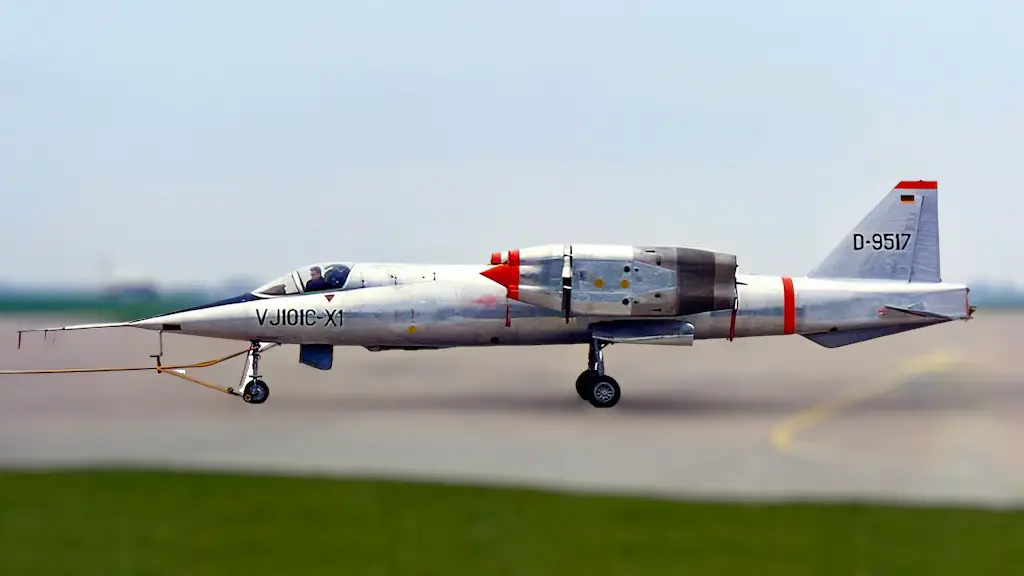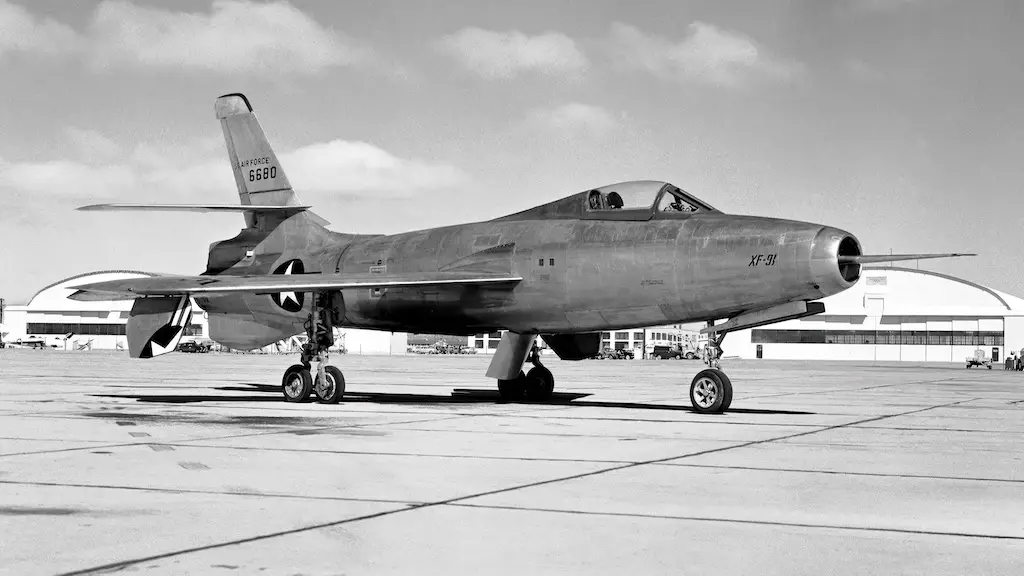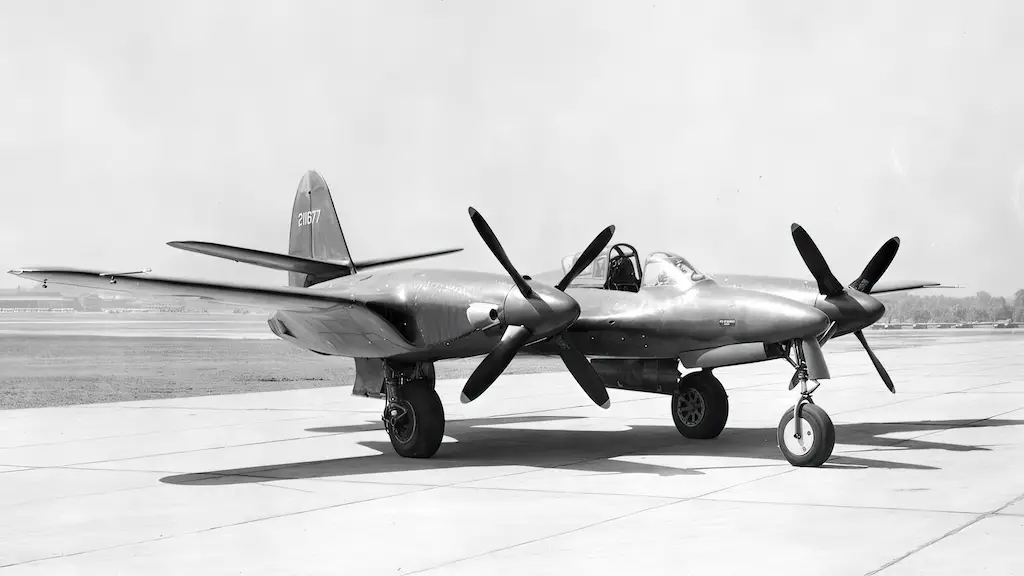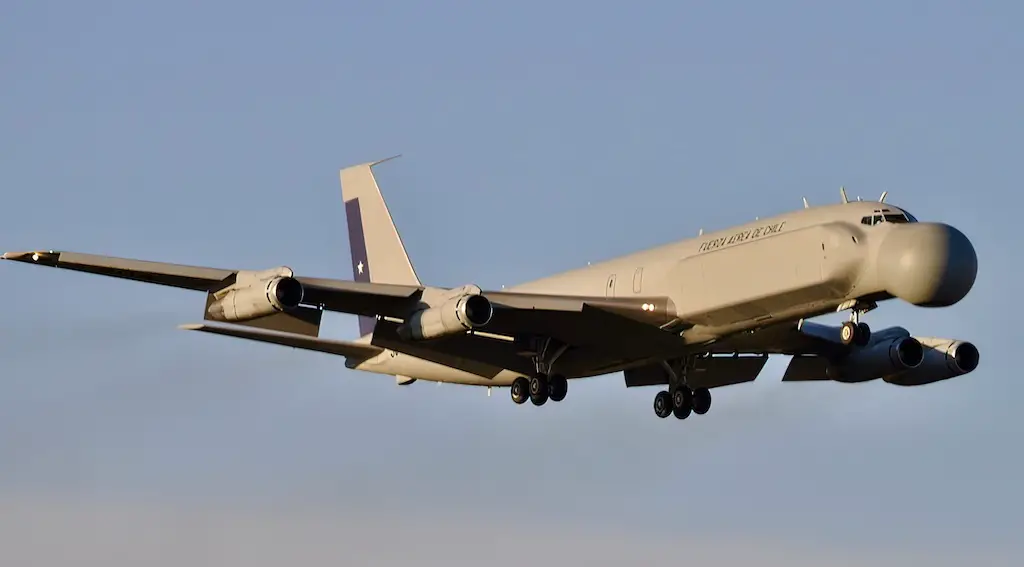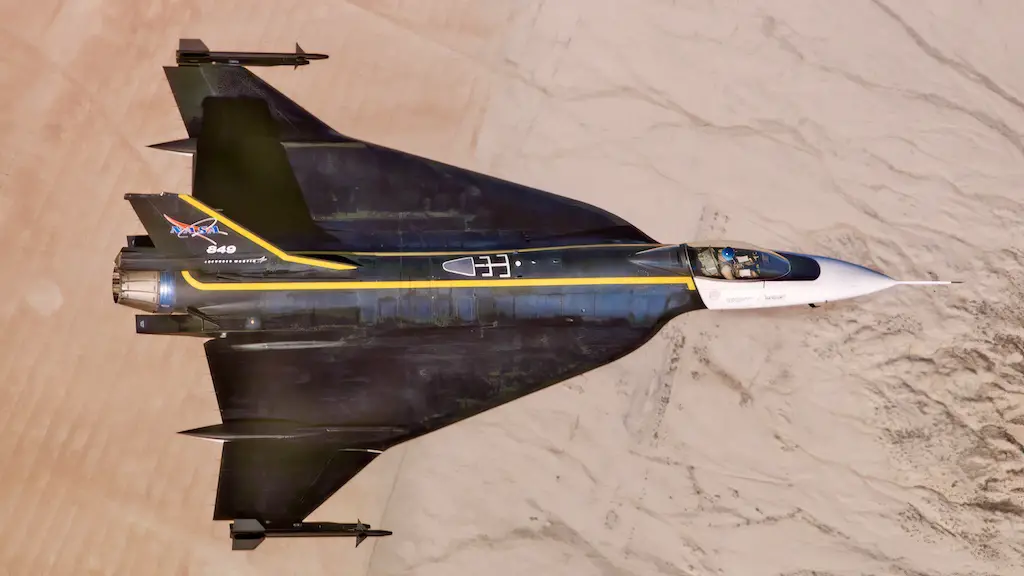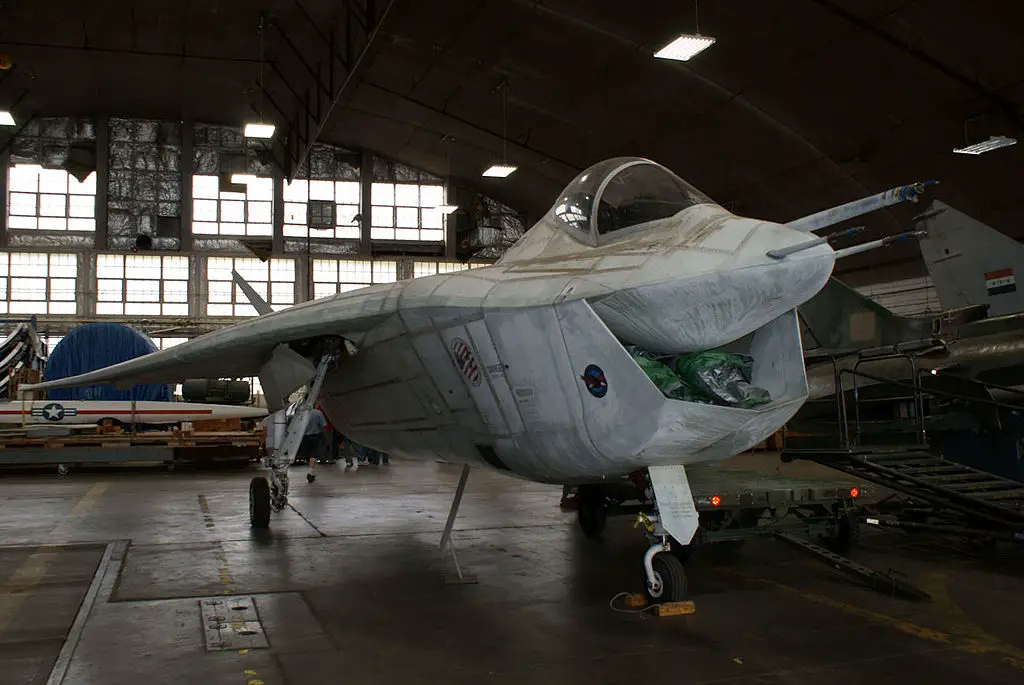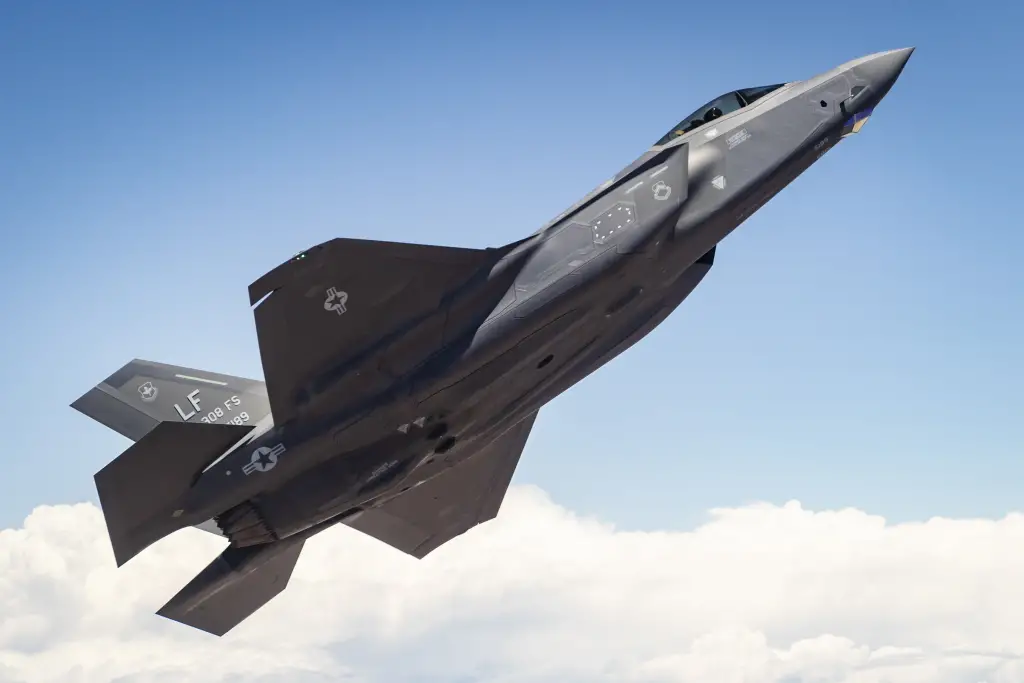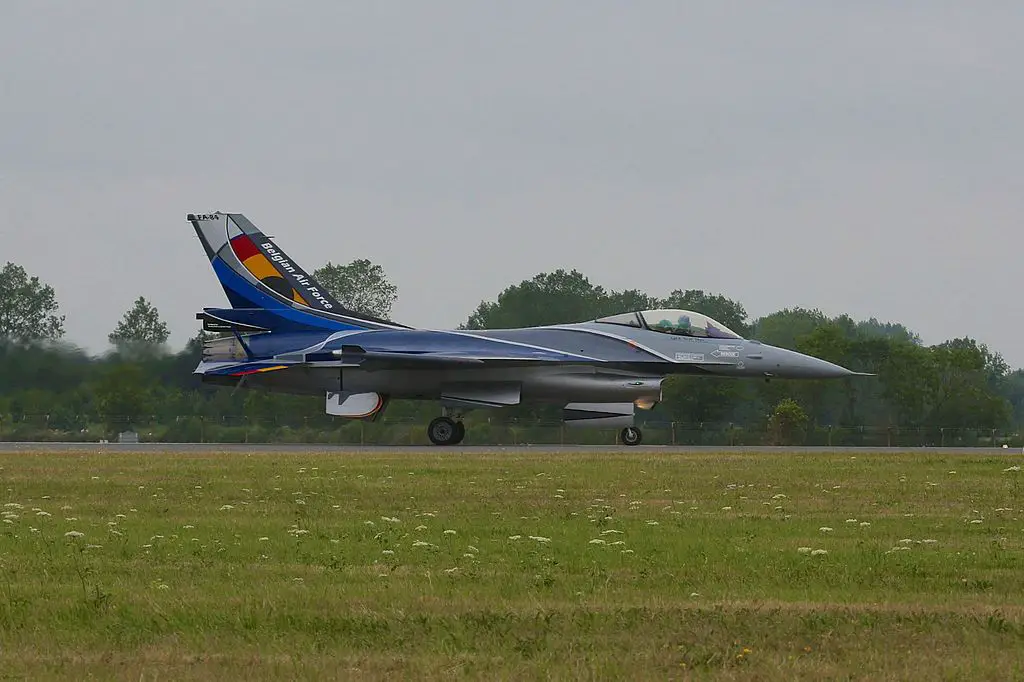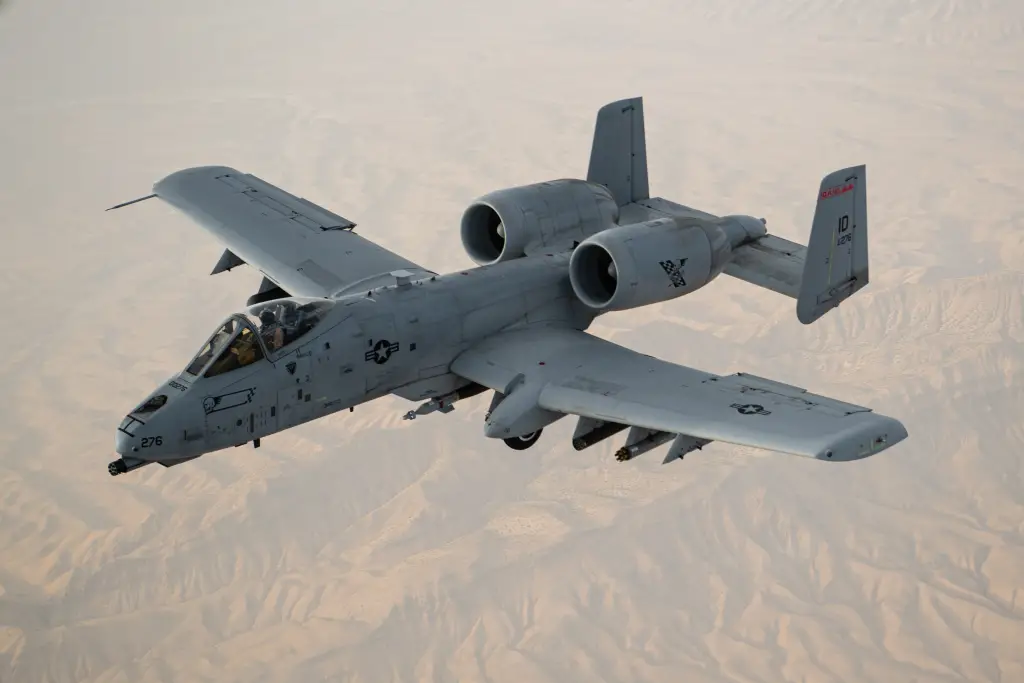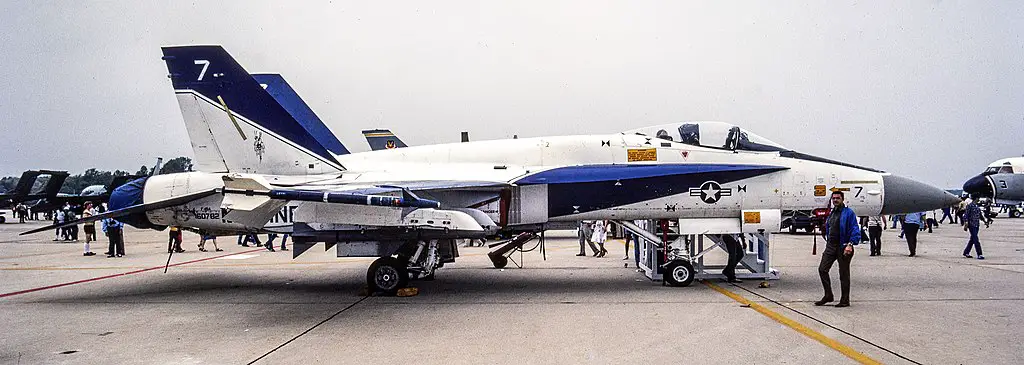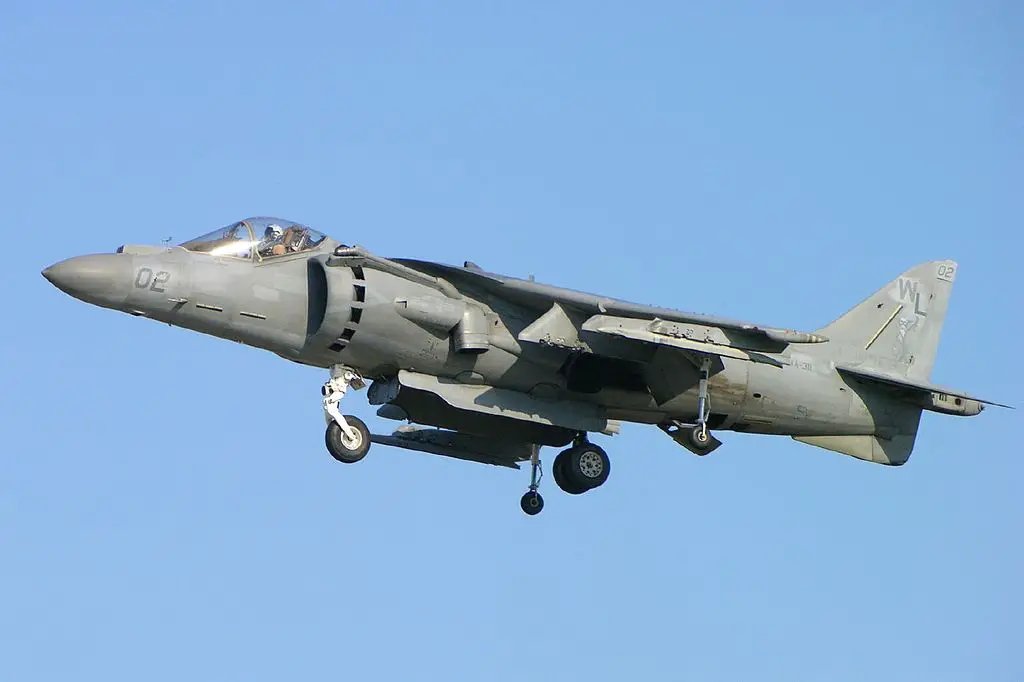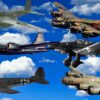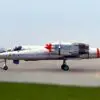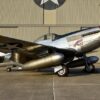The Unlikely Face of Aerospace Innovation:
The tale of the Boeing X-32 is a thrilling one filled with impressive engineering, intense competition, and ultimately, disappointment. Today, we dive into the forgotten pages of aviation history, illuminating the rise and fall of this intriguing fighter jet.
When the Boeing X-32 made its first appearance, it looked less like the suave sibling of the aerodynamic F-35 and more like its distant, inbred cousin. Its distinct ‘smile’ was perhaps its most unfortunate feature, giving the impression of a goofy, overeager fish rather than a streamlined, deadly predator of the skies. It seemed that in the quest for technical innovation, the X-32 designer mistook an open-mouthed guppy for an ideal model of an advanced stealth fighter. With its overly rounded curves and that gaping air intake, one could almost imagine it sputtering and sputtering its way through the clouds, belting out a cheerful tune as it went along. Not exactly the vision of power and precision that modern military jets aspire to embody.
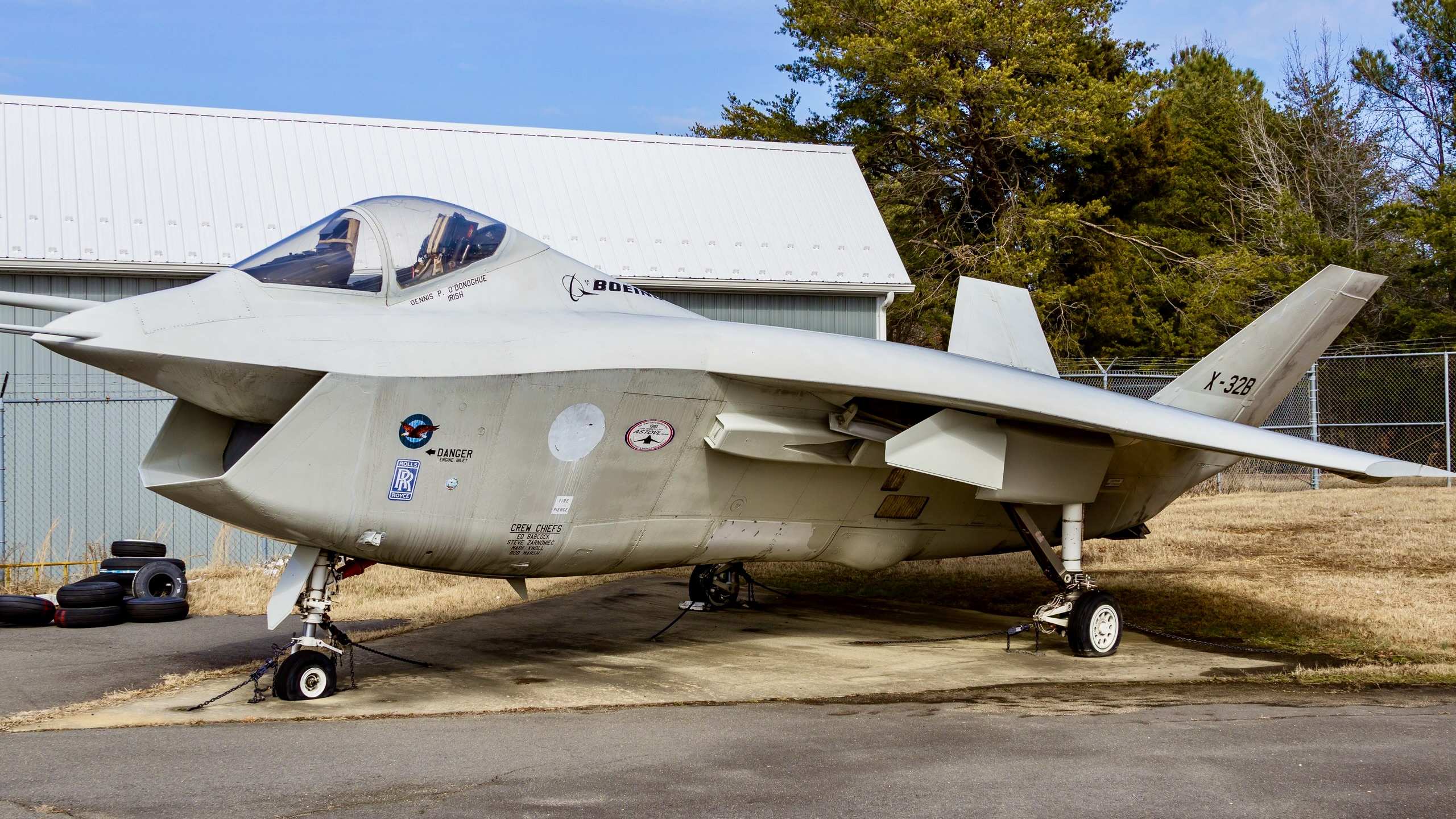
Developing the X-32
Boeing began designing the X-32 in 1996 as a part of the Department of Defense’s Joint Strike Fighter (JSF) competition. The intent was clear: develop a cutting-edge, multirole combat aircraft that could replace the aging F-16, A-10, F/A-18, and AV-8B. The X-32, with its unusual design, was a radical departure from conventional combat aircraft aesthetics.
Its most distinguishable feature was a gaping intake mouth that earned it the nickname “Monica.”The engineering challenges were daunting, but Boeing was determined. The X-32 was a single-engine aircraft utilizing a direct-lift system for vertical and short take-off and landing (V/STOL) capability. This was one area where Boeing’s bid was fundamentally different from its competitor’s, the Lockheed Martin X-35.
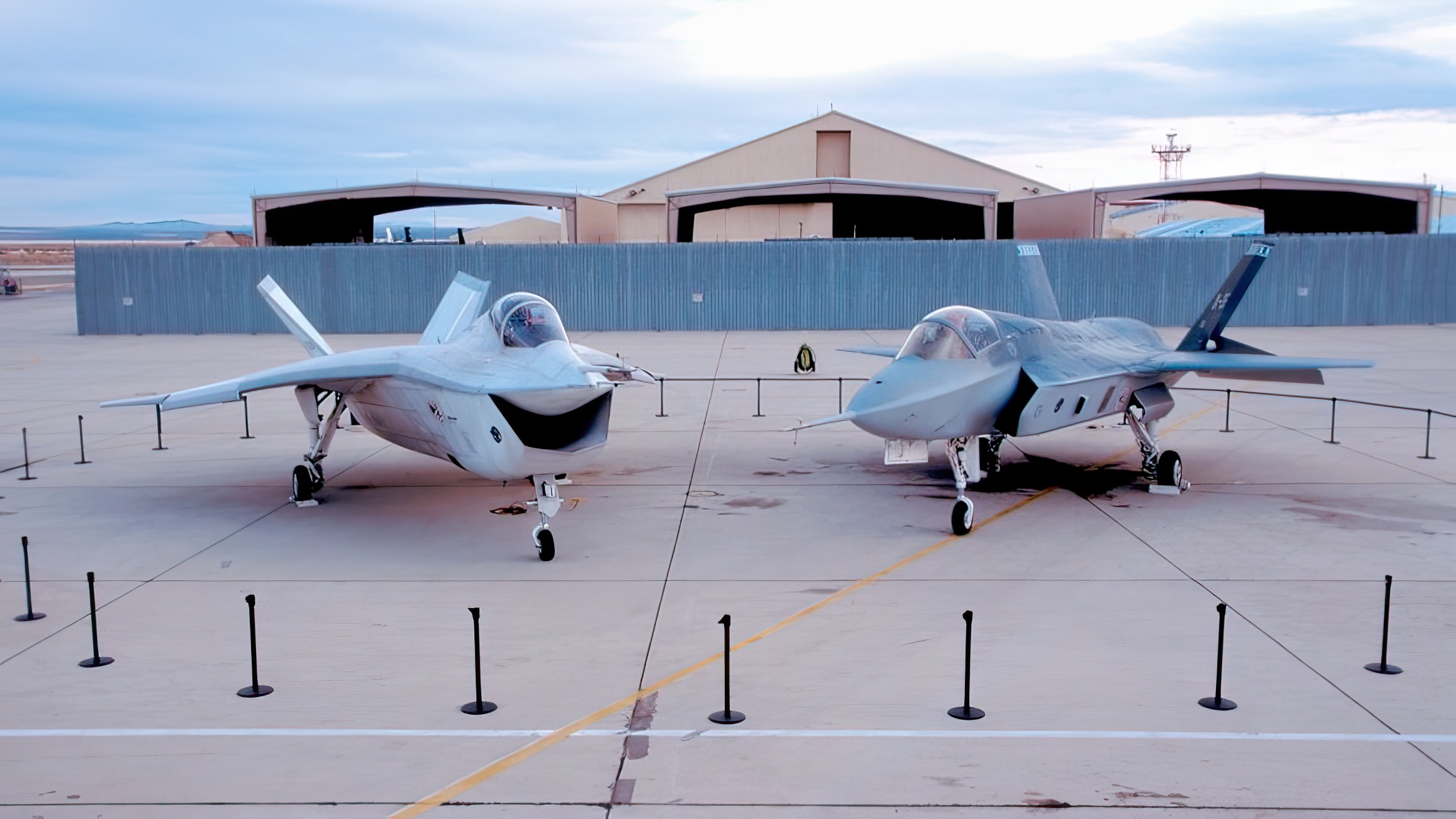
Test Flight Discoveries
The Boeing X-32 made its maiden flight on September 18, 2000. Over the next two years, two X-32 prototypes were rigorously tested to ascertain their abilities and potential shortcomings.
The strengths were palpable. The X-32 performed admirably in its conventional take-off and landing (CTOL) and carrier suitability tests. Pilots lauded its stable flight performance and handling characteristics.
However, it was not without its weaknesses. The most prominent was the aircraft’s V/STOL capability. The X-32B, specifically designed for this role, faced significant heat issues due to its direct-lift system. The undercarriage was subjected to severe thermal conditions during vertical landing tests, posing a considerable engineering hurdle.
The Cancellation of the X-32
Ultimately, these test flight strengths and weaknesses factored into the final decision of the JSF competition. In October 2001, the Department of Defense announced that Lockheed Martin’s X-35 had won the competition, effectively ending the X-32’s journey.
The X-32 was criticized for its bulky design and limited payload capacity. The direct-lift system’s heating issues during vertical landing tests further marred its chances. Although the X-32 had displayed credible performance during trials, the DoD deemed Lockheed Martin’s X-35 to be more promising.
Despite its cancellation, the Boeing X-32 remains a remarkable feat of engineering. It was a daring concept that challenged conventional thinking and demonstrated Boeing’s capabilities in pushing technological boundaries. In the annals of aviation history, the X-32 is a symbol of innovation and daring courage, reminding us that success often lies just beyond the realm of risk and uncertainty.
